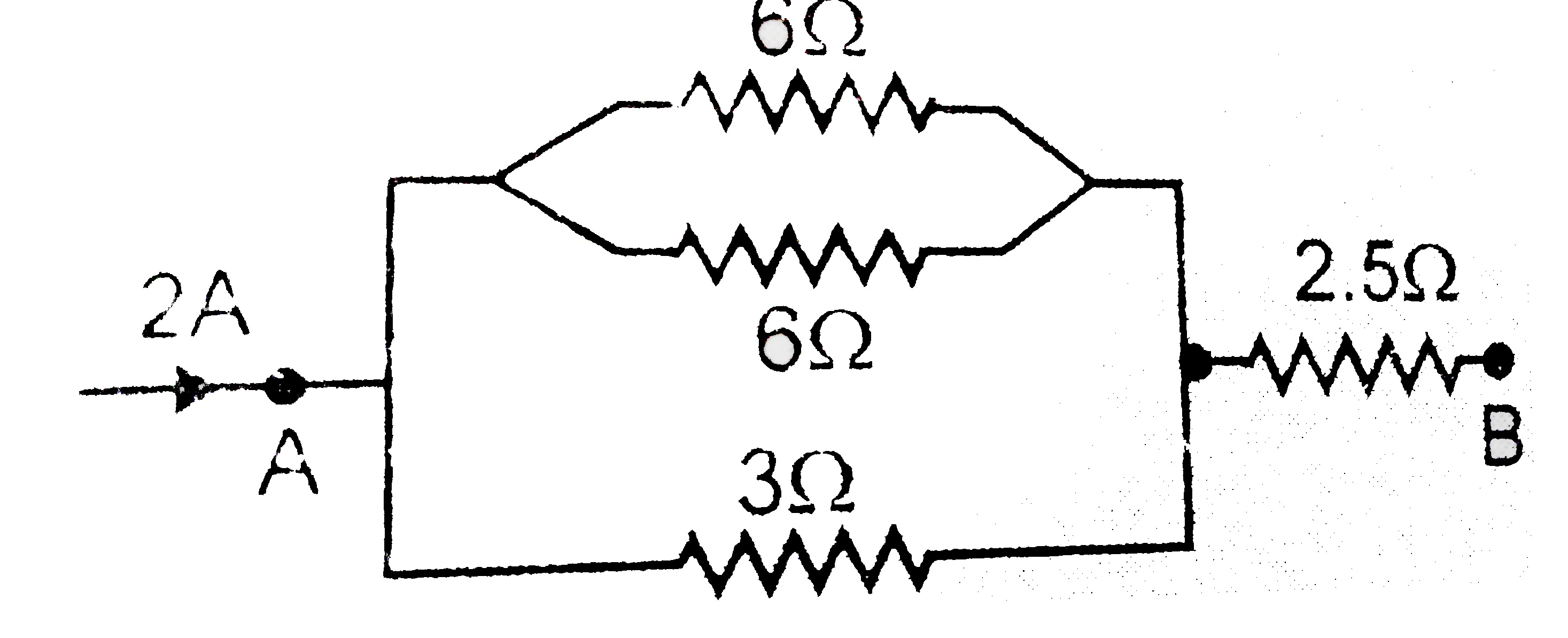Text Solution
Verified by Experts
The correct Answer is:
|
Topper's Solved these Questions
CENTRE OF MASS
ALLEN|Exercise EXERCISE-V A|20 VideosView PlaylistCENTRE OF MASS
ALLEN|Exercise EXERCISE-V B|19 VideosView PlaylistCENTRE OF MASS
ALLEN|Exercise EXERCISE-IV A|32 VideosView PlaylistBASIC MATHEMATICS USED IN PHYSICS &VECTORS
ALLEN|Exercise EXERCISE-IV ASSERTION & REASON|11 VideosView PlaylistELASTICITY, SURFACE TENSION AND FLUID MECHANICS
ALLEN|Exercise Exercise 5 B (Integer Type Questions)|3 VideosView Playlist
Similar Questions
Explore conceptually related problems
Knowledge Check
Similar Questions
Explore conceptually related problems
ALLEN-CENTRE OF MASS-EXERCISE-IV B
- A bullet of mass M is fired with a velocity 50m//s at an angle with th...
06:00
|
Play - An object of mass 5 kg is projecte with a velocity of 20ms^(-1) at an ...
16:23
|
Play - Two blocks of masses m(1) and m(2) are connected by a massless pulley ...
01:43
|
Playing Now - The 4 kg sphere form rest when theta = 60^(@) strikes a block mass of ...
07:12
|
Play - Two particles A and B of mass 2m and m respectively are attached to th...
12:30
|
Play - Two particles, each of mass m, are connected by a light inextensible s...
Text Solution
|
Play - After a completely inelastic collision two objects of the same mass an...
02:07
|
Play - A cylindrical solid of mass 10^(-2) kg and cross-sectional area 10^(-4...
08:29
|
Play - Two particles each of mass m are connected by a light inextensible str...
03:20
|
Play - The Atwood machine in figure has a third mass attached to it by a limp...
02:33
|
Play - A wedge of mass M = 2m rests on a smooth horizontal plane. A small blo...
03:52
|
Play - A ball of mass in m= 1 kg is hung vertically by a thread of length l =...
04:43
|
Play - A 70 g ball B dropped from a height h(0) = 9m reaches a height h(2) = ...
02:57
|
Play - A ball of mass m=1kg falling vertically with a velocity v0=2m//s strik...
07:34
|
Play
